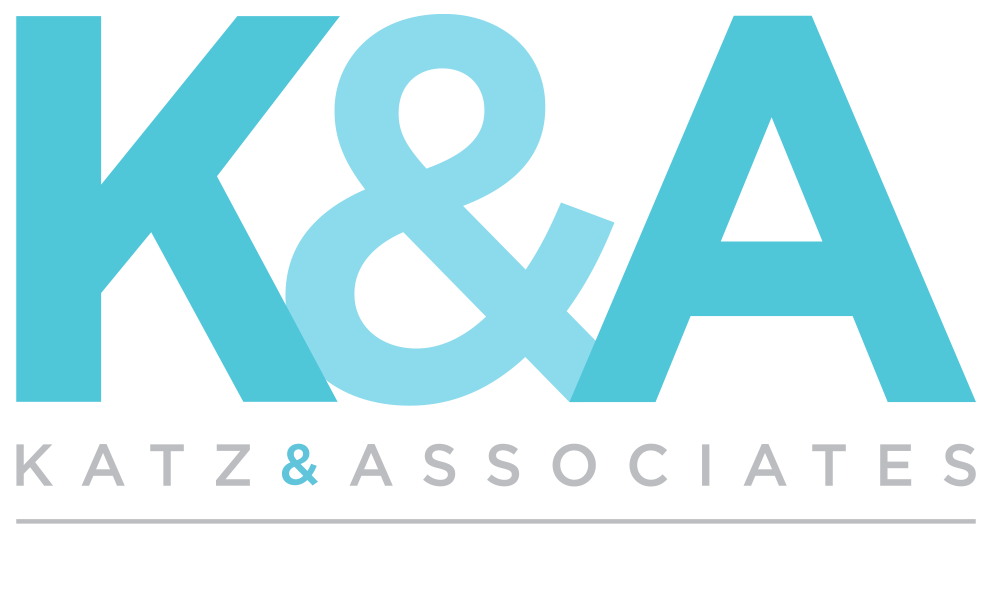14 Mar K&A supports SFPUC’s Adopt a Drain in San Francisco

Frankie Burton and Kristen Asato-Webb are spotted outside of SFPUC headquarters cleaning the K&A adopted drain, which was named “No Drain, No Gain” through a companywide competition.
During winter months on rainy days when large droplets pour from the cloudy skies across the concrete city of San Francisco, the water has only a few places to go. Gutters and storm drains are designed to manage the excess water in city streets when it drains, but if leaves and street debris collect over the storm drain grate, water cannot enter the catch basin below. This can result in localized ponding, which is a nuisance to pedestrians, vehicles, and neighborhoods. San Francisco Public Utilities Commission (SFPUC) maintenance crews are proactive and vigilant about street sweeping and grate clearing before and during storms, but it is not possible for the City to monitor all 25,000 drains simultaneously, especially during a rain event.
More than 2,200 storm drains have been adopted by more than 1,416 residents since the SFPUC launched the Adopt a Drain SF program in October 2016. The Katz & Associates (K&A) team has been working closely with the SFPUC ever since to assist with the overall strategy, implementation, promotion and support on all aspects of the program. This innovative program enables San Franciscans to use a web application to “adopt” one or more of the city’s 25,000 storm drains, pledging to keep it clear of leaves and debris, especially before and during large rain storms. The K&A team works closely with the SFPUC to provide guidance on promoting the program and supporting its drain adopters through robust outreach including regular communication with adopters through emails and social media as well as coordinating and executing volunteer tool pick-up events.
Background
In response to community concerns about localized flooding, SFPUC created the RainReadySF program in 2015 to educate residents about infrastructure projects that are planned and underway to address flooding, how city crews prepare for rain and how residents and businesses can better prepare themselves. SFPUC led the effort, in partnership with San Francisco Public Works, DataSF, San Francisco Department of Technology and Code for San Francisco, to develop Adopt a Drain SF as an innovative tool to help reinforce the RainReadySF messaging and inspire the community to get involved.

RainReadySF advertisement highlighting the Adopt a Drain program seen on local MUNI buses.
Media
In October 2017, the RainReadySF team kicked off the rainy season with a media event to announce the recent commission approval of an additional $2 million dollars in floodwater grant funding to reimburse property owners for implementing projects to help prevent flooding on their properties and highlight the Adopt a Drain program successes. The event resulted in over 11 print media stories and broadcasts by online newspaper, radio, and television outlets. In addition, the K&A team assisted the SFPUC to place “Are you Rain Ready?” ads on local MUNI buses just as the first rains of the season hit as a call to action for all San Francisco residents to get Rain Ready!
Achievements
After the first major rain of 2018, Adopt a Drain gained more positive earned media attention from the San Francisco Chronicle, which prompted a significant spike in adoptions of over 160 new adopter sign ups in less than one week! A record for sure!

Frankie Burton, Emily Powell and Elizabeth Cox at the October 2016 Volunteer VIP event launch at the Southeast Treatment Plant.
The team utilized a variety of promotional tools to promote the program and reward adopters for their service, including VIP volunteer appreciation events, Eventbrite, Survey Monkey and the public service announcements (PSA) the SFPUC developed with SFGovTV. The PSAs ran on Comcast cable for six weeks during the fall 2016 and were promoted as paid Facebook advertisements with great success. In April 2017, the “Adopt a Drain” PSA won first place for the Public Education Semi-Professional category of the California Water Environmental Association, Film Festival.
Adopt a Drain has also fostered community engagement by encouraging people to take an active role in improving their neighborhood by keeping their drains clean Prominent city leaders, such as SFPUC Commissioner Ike Kwon and Supervisors Norman Yee, have adopted drains and are vocal supporters of the program. Fourteen cities in the United States and Canada have inquired about the SFPUC program in hopes of duplicating it in their cities. The team has also received significant amounts of positive feedback through social media and surveys.

Young William inspires many as he cleans his adopted drain, “Drain Robot”.
Adopt a Drain has also helped to inspire the next generation of environmental stewards. One of our youngest drain adopters, four-year-old William, has captured hearts with his dedication. He is a self-proclaimed “ocean hero”, and he is very passionate about picking up litter. After SFPUC featured him in the team’s digital outreach campaign, San Francisco Supervisor Sandra Fewer reached out to the team to thank William for his volunteer work.
Adopt a Drain has helped to build a base of engaged community members and SFPUC supporters who understand how challenging the combined sewer system is and how critical it is to invest in infrastructure and vital services. This support will continue to be very important as the SFPUC enters the construction outreach phase of the Headworks and Biosolids Digester Facilities projects at the Southeast Treatment Plant this year as part of the Sewer System Improvement Program.
